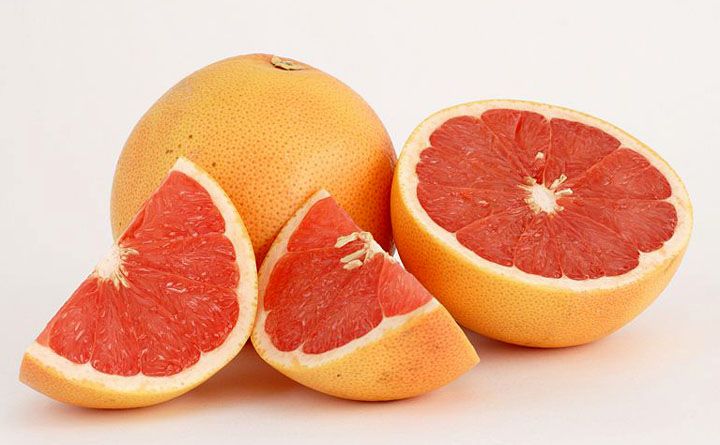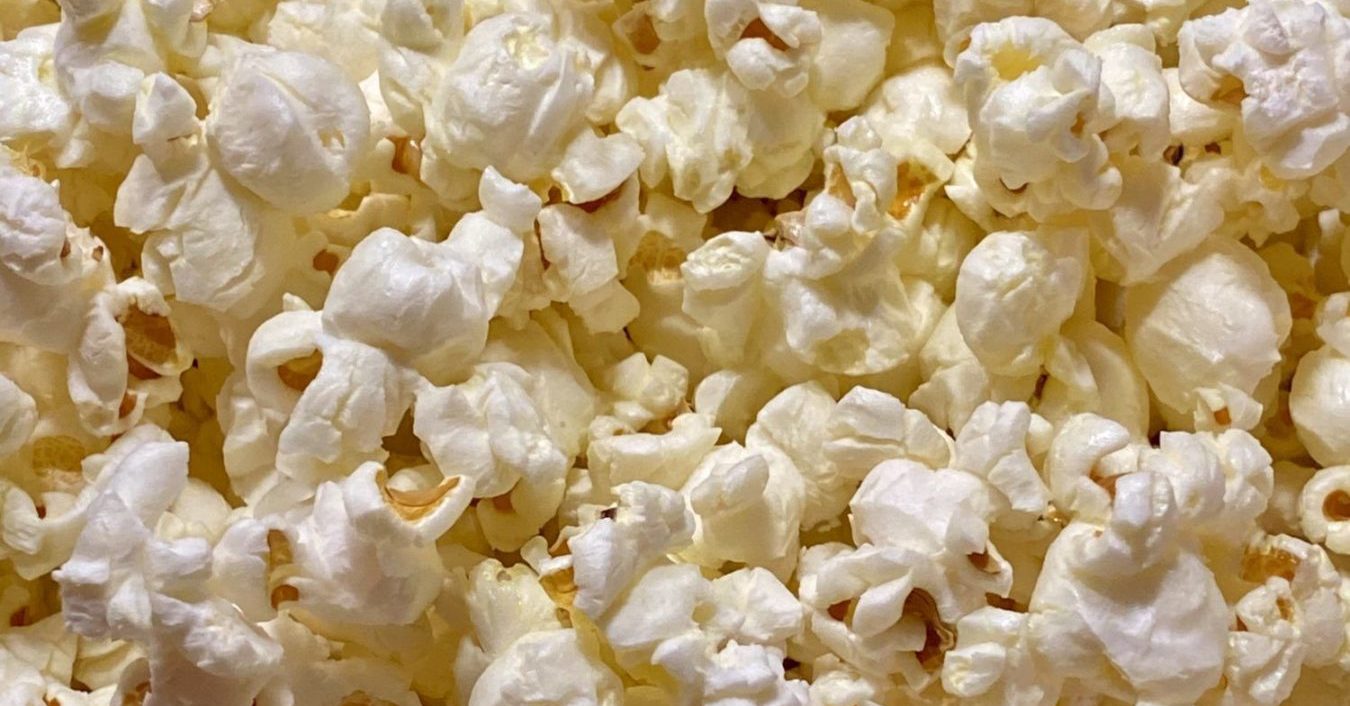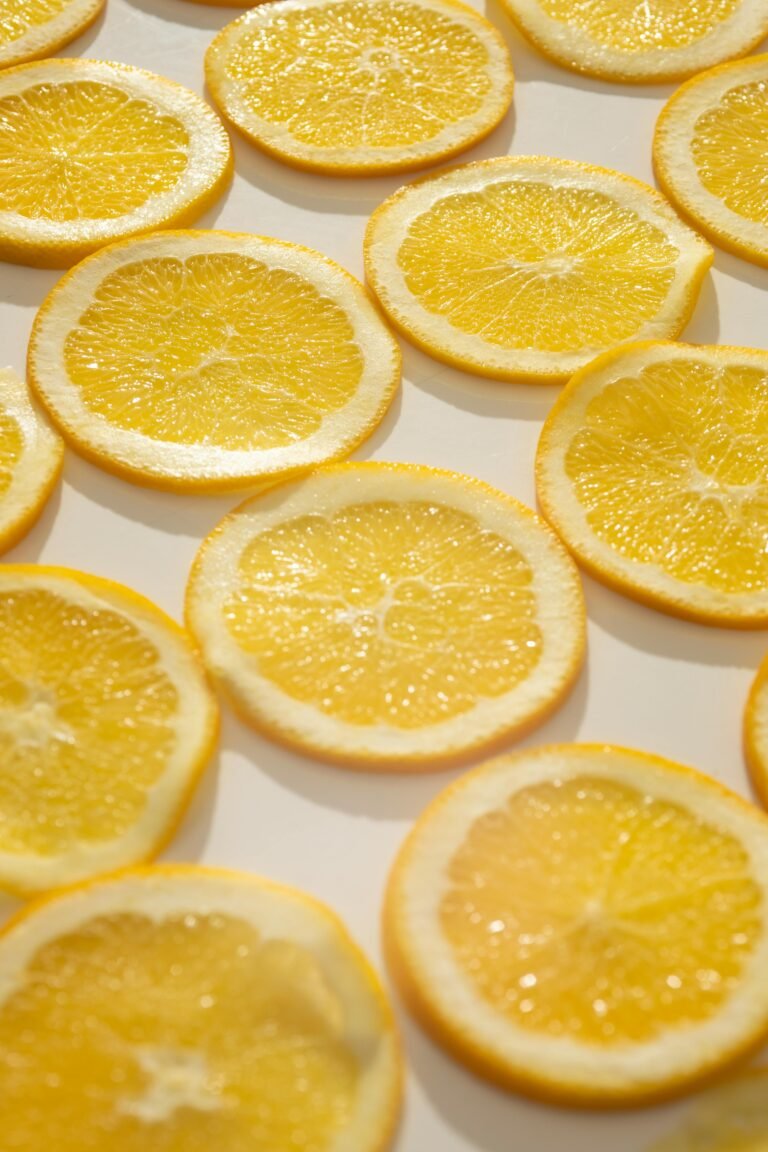Find out which fibers make you lose weight
That fiber is essential for weight control is something that has been confirmed by a large amount of scientific studies. However, the fibers are not all the same because they do not have the same basic properties. Furthermore, a diet rich in fiber also has many adverse effects: it can cause constipation, irritate the colon and cause intestinal inflammation.
Finally, the fibers, useful for weight loss because they allow us to assimilate fewer calories from fats and carbohydrates and nourish the good intestinal bacteria, also reduce the absorption of vitamins and mineral salts which are essential for a healthy metabolism.
A diet rich in fiber thus proves to be a double-edged sword and above all, there are people with low bacterial intestinal variability who will have digestive problems by eating more fiber.

Another purpose of this article is to see which fibers that are useful for weight loss are also the safest to take.
Find out which fibers make you lose weight
The best fibers for weight loss are those naturally present in foods.
This means favoring a diet based on fiber from the resources that naturally have it: fruit, vegetables, legumes, grains, nuts, seeds. In short: although there are “enhanced” fiber products and supplements (fiber to drink, bran, etc.) and foods such as wheat germ which are essentially fibers, I do not recommend these extremes apart from the exceptions that I will illustrate later.
Foods with added fiber are not useful for weight loss and worse, they can cause serious digestive problems and intestinal inflammation. Whole foods with added bran also belong to this group: in the ingredients list we will not find wholemeal flour, but flour 00 or 0 and the wording bran.
Often these are bread products and supermarket biscuits or cereals.
In summary: vegetables, fruit, dehydrated fruit and vegetables, grains, legumes, nuts, seeds and flour from nuts and seeds (such as coconut flour) are fibers naturally present in the food, therefore in general safer.
Viscous fibers, the safest
Having made the first consideration, the viscous fibers naturally present in food are those in general most useful both for intestinal well-being, favoring regularity and improving the bacterial flora, and consequently for weight loss. In fact, they are soluble fibers.
- They form a gel in the intestine that has both a positive action on bacteria and an intestinal fluidification function.
- They cleanse the intestines in a gentle way, softening the stool.
- They also reduce the absorption of sugars.
These include beta-glucans, pectin, mucilage. The viscous fibers are those of oats, cooked or dried plums, pear. Be careful though. In foods in nature, the fibers are mixed, that is, soluble and insoluble or viscous and non-viscous.
So here is the first exception, represented by konjac or glucomannan, present in the famous shirataki spaghetti.
This fiber is all viscous, plus it has calories close to zero.
When I wrote the article on low calorie types of pasta, many criticized my choice of shirataki because it is not real pasta.
But just do a search on the net to discover that glucomannan is really useful both for weight loss and in maintaining a good bacterial flora. If I buy it and recommend it, it means that I consume it, and I certainly don’t need to lose weight. I typically buy Amazon multi-packs. I use one package for two people, so 10 or 12 packages last me 4-6 weeks. Like these: MICCIS. Low-calorie and carbohydrate-free Konjac Pasta -10 packets in different formats: Konjac Rice, Spaghetti, Fettuccine, Noodles
To have a good intestinal flora yes, to have good blood sugar and good cholesterol levels do matter to me, and glucomannan magically helps us to achieve all this, as long as we don’t overdo it. A two or three times maximum consumption of 100 grams per week is more than enough. Not every day, it’s too much.
Viscous fibers, the foods that contain the most
Among the natural foods that have more viscous than non-viscous fibers we have: apples, kiwi, grapefruit, psyllium seeds, pinto beans, spring peas, cooked artichoke hearts, plums, blueberries, bananas, barley and oats, pop corn, pasta from wholemeal flour (not with added bran, but only because it is added) and wholemeal flour bread.

Exceptions: other fibers that make you lose weight
I told you that I would have talked about foods that are exceptions compared to this discourse.
-
One is potato starch.
By using it more often in cooking, it allows you to produce more butyric acid, a short-chain acid that is linked to a healthy metabolism.
-
Another exception are foods that I consider natural scavengers.
Despite having more non-viscous fibers, functional for weight loss because they reduce cholesterol: one of these are carrots, to be eaten raw. Carrots have both soluble and insoluble fiber in perfect proportions, they satiate, chopped raw with lemon juice or apple cider vinegar are good for the gut. Others are: bamboo in shoots and well cooked mushrooms.
-
Lastly, resistant starch.
It is present in some carbohydrate-based foods and is the secret of potato starch, but in the form of retrograde starch, it is a type of starch that we can obtain by cooking carbohydrates in a different way, as I explain here and here . If you use these tricks that I have revealed to you in the articles in the link, you will have fewer calories from the foods you eat frequently and less glycemic index. So you can eat bread, potatoes, rice, pasta and lose weight.
But above all, you must always evaluate the individual response: and therefore if legumes or whole foods bother you, eat more fruit and vegetables, considering that the optimal consumption of fiber is 30 grams per day.
But if you want to lose weight, I have given you some ideas that allow you to lose weight more easily: starch, glucomannan, viscous fibers from the foods listed are very useful in promoting weight loss.
























+ There are no comments
Add yours